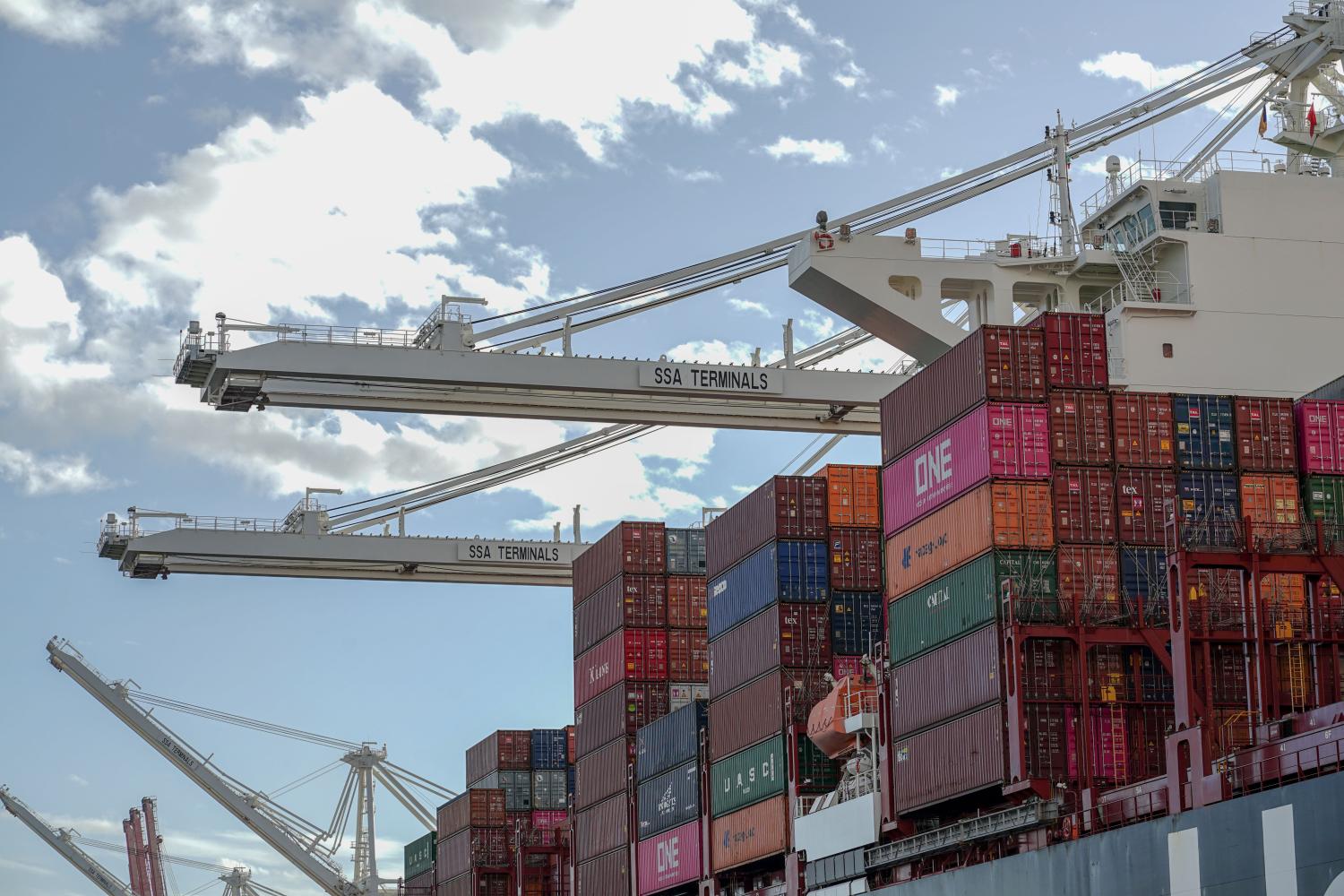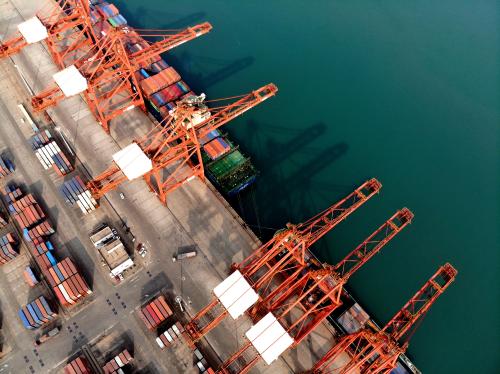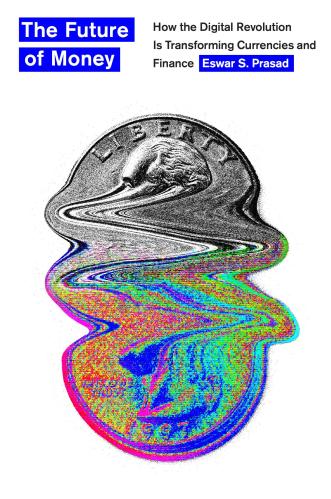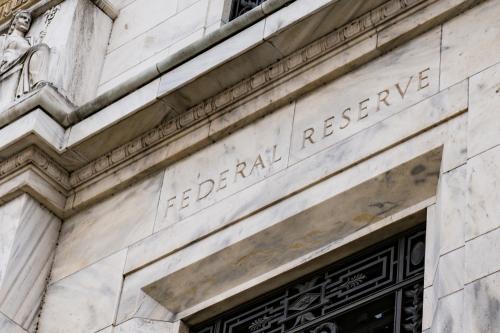In collaboration with the Financial Times (FT), Eswar Prasad of Brookings and Aryan Khanna of Cornell have constructed a set of composite indexes that track the global economic recovery. The Tracking Indexes for the Global Economic Recovery (TIGER) is also featured in the Financial Times.
The world economy’s sharp snapback from the short-lived but deep COVID-19 recession appears in danger of stalling. The latest update of the Brookings-Financial Times Tracking Indexes for the Global Economic Recovery (TIGER) shows growth momentum weakening across the world, particularly in the two major engines of global growth—the U.S. and China.
Amid persistent concerns about the impact of Delta and newer variants of the coronavirus, supply-side constraints are tightening and rising inflation is becoming a significant restraint on policy support that could keep growth on track. The spike in energy prices is emblematic of the problems created by supply disruptions that could eventually hurt aggregate demand, particularly if central banks are forced to take more aggressive actions to contain inflation. In many countries, particularly the emerging markets and low-income economies, the 2020 recession continues to have scarring effects on GDP and employment.
The U.S. economy is at a difficult juncture, with uneven readings about the strength of both domestic demand and the labor market coming against the background of rising inflationary pressures. While an unemployment rate below 5 percent and labor shortages in some sectors signal labor market tightness, overall job growth has been muted in recent months. Consumer demand has remained strong, but erosions in business and consumer confidence could spell a softening of domestic demand. The two major spending bills before Congress are well-intentioned in their aims of raising long-term productivity but would boost demand and put further upward pressure on inflation in the short run. This, along with rising inflation expectations, could force the Fed’s hand and at a minimum lead to more aggressive tapering.
Click a country name below the Composite Index to view charts for the main TIGER indexes by country.
China’s growth momentum has weakened as the government attempts to tackle long-standing imbalances in the economy even as it copes with the disruptive effects of an energy shortage and sporadic resurgences of the virus. The deleveraging campaign and the squeeze on housing market speculation have dampened activity in the real estate sector, traditionally a key contributor to growth. The government’s willingness to allow defaults by some corporations and property developers to play out is indicative of Beijing’s eagerness to foster market discipline, even at the cost of short-term volatility in financial markets. Although a financial implosion is unlikely, lack of clarity about the government’s intentions toward private enterprise could act as a drag on economic growth. Virtually all indicators point to a softening of domestic demand, particularly if energy shortages crimp industrial activity. This could spur a round of at least modest stimulus measures by the end of the year.
European economies continue to struggle against a variety of headwinds. Germany’s dependence on industrial sector activity and exports makes it especially vulnerable to supply chain disruptions. Other parts of the eurozone have experienced at best weak rebounds but might not receive much policy support. The European Central Bank has signaled its willingness to tolerate a short-term spike in inflation but that position could become untenable if, as in the U.S., inflationary pressures show few signs of abating. Economic activity in the U.K., which among the major advanced economies had a particularly deep recession and a subsequent sharp rebound, is losing momentum while Japan looks set to post stronger growth in the coming months.
India seems to have put the worst of the second wave of the coronavirus behind it. However, the expected boost in activity from pent-up demand is hitting limits on account of supply disruptions exacerbated by a power crunch. The economy could still post relatively strong growth in the remainder of this year, although rising oil import prices could worsen both the fiscal and current account balances. The rebound in oil prices has improved the prospects of countries such as Nigeria, Russia, and Saudi Arabia. Brazil, which was hit hard by the second wave of the coronavirus in the first half of this year, could get a boost from rising vaccination rates and the upturn in the commodity cycle.
The U.S. dollar has firmed up since the summer. Along with the upward shift in U.S. bond yields, this will put further pressure on emerging markets and developing economies, particularly those with significant foreign currency debt exposure.
Policymakers in many major economies now face the difficult conundrum of supporting growth while keeping inflation under control, even as they continue to be hit by domestic and external supply disruptions. Additional stimulus measures, especially monetary easing, are likely to yield an increasingly unfavorable trade-off between short-term benefits and longer-term vulnerabilities.
Governments and central banks will need to develop a carefully targeted mix of policies in response to the complicated circumstances they now face. First, redouble efforts to limit resurgence of the virus, which remains a wildcard for short-term growth. Second, use fiscal policy judiciously to support short-term demand while also improving long-term productivity. Third, exercise restraint with monetary policy and start reducing (but not yet reverse) the amount of support it provides to the economy. Fourth, persist with financial, labor, and product market reforms that are necessary to strengthen private sector confidence and ease the difficult policy tradeoffs governments now have to contend with.
The Brookings Institution is committed to quality, independence, and impact.
We are supported by a diverse array of funders. In line with our values and policies, each Brookings publication represents the sole views of its author(s).









